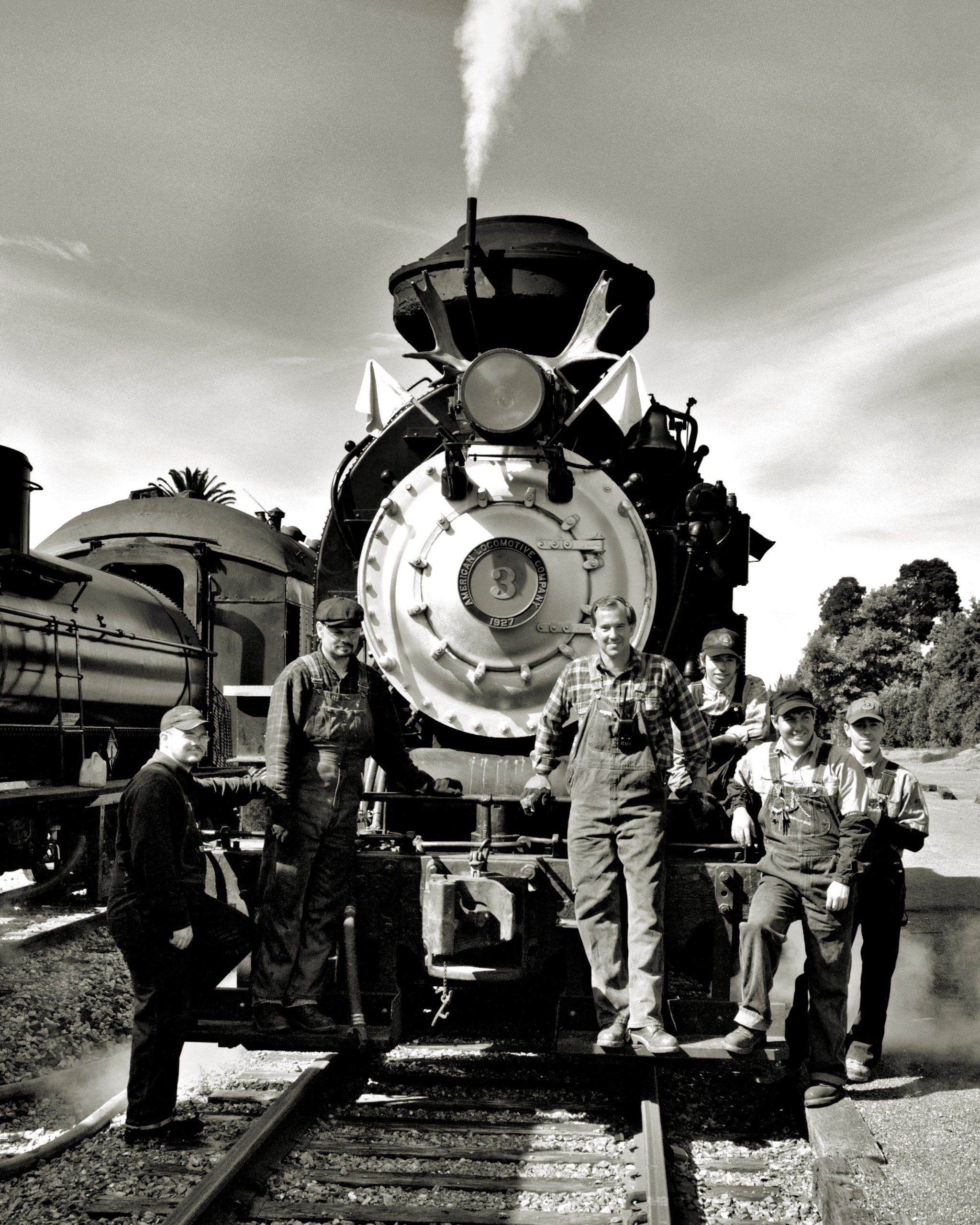Cruise ships are becoming increasingly popular for vacations, but what happens in an emergency? Cruise ships have a variety of safety protocols and procedures that are designed to ensure the safety of passengers and crew. In the event of an emergency, these protocols are activated and implemented to protect everyone on board.
The primary response to any emergency onboard a cruise ship is the immediate activation of the vessel’s muster stations. All passengers must report to their designated muster station where they will receive instructions from crew members.
At this time, life jackets and other safety equipment will be distributed as needed. The captain will also issue further instructions regarding the course of action to take during the emergency.
In addition to muster stations, cruise ships also have other safety measures in place such as fire suppression systems, smoke detectors, and fire extinguishers throughout all areas of the vessel. All passengers should be familiar with these systems so that they can respond quickly in case of an emergency. An alarm will sound throughout the ship if there is a fire or other type of hazard present.
If the situation requires evacuation, cruise ships have multiple lifeboats available for passengers and crew members to use. These boats are equipped with survival gear such as food, water, blankets and first aid kits in case they need to reach shore or wait for rescue services. It is important for all passengers to follow instructions from crew members at all times during an evacuation.
Conclusion:
In summary, cruise ships have many safety protocols in place designed to protect passengers and crew members in case of an emergency. All passengers should be familiar with these protocols so that they can respond quickly and follow instructions from crew members if necessary. By following safety guidelines while on board a cruise ship, travelers can rest assured that they are well-prepared for any type of emergency situation.

